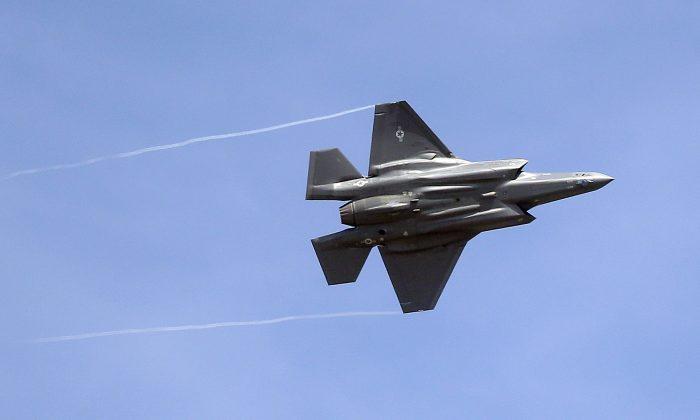Commentary
After more than 900 F-35s being delivered under so-called low-late production, the Pentagon has authorized the F-35 for full-rate production that will eventually deliver more than 2,400 planes.

After more than 900 F-35s being delivered under so-called low-late production, the Pentagon has authorized the F-35 for full-rate production that will eventually deliver more than 2,400 planes.